Meteora - Greek sanctity in the clouds
The Meteora Monastery is a complex situated on a natural rock formation. Located in central Greece, it is home to one of the largest and most vertically oriented groups of Eastern Orthodox monasteries, second in significance only to Mount Athos. Its name derives from the uniqueness of its appearance (Gr. Μετέωρα = suspended, floating in the sky), and many refer to it as the wonder of the suspended rocks placed halfway between heaven and earth.
The first signs of settlement in this area date back to the 9th-11th century when the first monks, hermits, appeared here, seeking peace among these immense rocks. They lived in caves and crevices of the rocks where they dedicated themselves to prayer and the study of early Orthodox texts. In the 14th century, the monks themselves began building the monasteries. The first hermits climbed the rocks with the help of nets and scaffolding made of beams fastened with wedges into the crevices. Later, the scaffolding was replaced by very long hanging ladders. Today, a staircase leads to the monasteries, carved into the rock facade in 1922.
UNESCO has characterized these stone monasteries as a unique phenomenon of cultural heritage, representing one of the most important stops on the map of Greece’s cultural and historical heritage.
By the 14th century, there were over 20 monasteries on Meteora. Now there are only six, all open to the public.
- The Holy Monastery of Great Meteoron is the largest monastery complex. The main church is dedicated to the Transfiguration of the Lord and was built in the mid-14th century. In the Monastery of Great Meteoron are the relics of Saint Joasaph, John Uroš Nemanjić, who became a monk here in 1371. In 1423, Joasaph passed away peacefully and in prayer in the Monastery of Great Meteoron. Saint Joasaph was the last male descendant of the Nemanjić dynasty. More details can be found here.
- The Holy Monastery of Varlaam is the second largest. The main church of the monastery is dedicated to all saints. It was built in 1541⁄42 and painted in 1548. The Chapel of the Three Hierarchs was built in 1627 and painted in 1637.
- The Holy Monastery of Rousanou is a female monastery dedicated to the Transfiguration. It consists of a three-story complex. Founded in the mid-16th century and painted in 1560.
- The Monastery of Saint Nicholas Anapausas is the first monastery encountered on the way from Kastraki to Meteora. The main church is dedicated to Saint Nicholas and was built in the early 16th century. It was painted by the famous Cretan painter Theophanes Strelitzas or Bathas in 1527.
- The Monastery of Saint Stephen is a female monastery and one of the most accessible, as it does not require climbing numerous difficult steps. The small single-nave church of Saint Stephen was built in the mid-16th century and painted around 1545. The main church is dedicated to Saint Haralabos, whose relics are housed there, and was built in 1798.
- The Monastery of the Holy Trinity is reached by 140 steps, making it the most inaccessible of all the monasteries in the Meteora complex. The church was built in 1475-76 and painted in 1741. This monastery is the third oldest in Meteora.
If you are wondering how to reach Meteora, there are several ways. One way is by your own or rented car. All you need is a GPS or Google Maps.
Another way is to travel by train from Athens and other major cities in Greece to the nearest place to Meteora, Kalambaka. For more information on routes and timetables, check here
A third option involves taking a bus from many places throughout Greece, such as Athens, Thessaloniki, Volos, Ioannina, Patras, Delphi to Trikala, where you need to change buses for Kalambaka. For more information on routes and timetables, check here.
Once you arrive in the town of Kalambaka, you can reach the monasteries by taxi, on foot, or by booking one of the daily tours to Meteora. If you are a fan of organized trips, know that there are numerous day and multi-day excursions from Athens and other major cities in Greece that include a visit to the Meteora monasteries.
A visit to Meteora is part of the organized tours offered in almost all popular resorts, starting from the Thessaloniki and Olympus region, through the Ionian coast and all three fingers of Halkidiki. If you are vacationing through an agency, we recommend inquiring about the details and making arrangements with your tour guides. If you are traveling independently, note that a visit to Meteora is offered by every local tourist agency.
If you decide to embark on the adventure of traveling to the magical rocks on your own, we recommend planning your trip wisely. The complex is 355km from Athens and 228km from Thessaloniki. If you want to visit as part of an existing vacation, here are some distances from popular resorts: Nei Pori 137km, Kavala 378km, Nea Moudania 301km, Parga 187km, Preveza 193km, Stavros 302km. A visit to Meteora can be particularly interesting for those vacationing on the Ionian coast, as they are only 50km from the turnoff to the town of Metsovo, which you will pass through.
When planning a visit to Meteora, pay special attention to the opening hours of the monasteries. Based on personal experience, we recommend allocating at least one hour for each of the 6 monasteries or selecting several priority monasteries in advance. Due to high temperatures in summer, the many steps to some of the monasteries that require a certain level of physical fitness and time, we advise organizing your visit as early in the day as possible.
If you want to thoroughly explore the entire complex, allocate at least two days for a trip to Meteora. Accommodations can easily be found at the foot of Meteora, in the town of Kastraki, where many lodging options offer a direct view of the rocks and monasteries. This place is small and peaceful, just 1km from the monasteries, with no tourist amenities. In contrast to Kastraki, Kalambaka is located 3km from Meteora, a very nice and lively place with a beautiful promenade, especially pleasant for evening stays. Here, besides walking, you can also stay, as like Kastraki, there is a large number of accommodations specifically for visitors to Meteora.
Here are some other important details to know before visiting Meteora:
- Admission is mandatory for each monastery. The individual ticket price is 3€ and is paid in cash at the entrance of each monastery;
- Dress code rules are in place for monastery visits. Women must have covered shoulders and wear a long skirt or dress, while men cannot wear shorts. At the entrance of each monastery, skirts and scarves are provided.
Source: Ministry of Culture and Sports, Greece
Meteora, Kalambaka, Thessaly, Greece, Τ.Κ. 42200, Kalampaka (Prefecture of Trikala)
Phones: +30 24320 22649, +30 24320 22277, +30 24320 22220
OPENING HOURS - NOVEMBER 1 - MARCH 31
Holy Monastery of Great Meteors 09:00 - 14:00 closed on Tuesdays, Wednesdays and Thursdays
Holy Monastery of Varlaam 09:00 - 15:00 closed on Thursdays and Fridays
Holy Monastery of Rusanu 09:00 - 14:00 closed on Wednesdays
Monastery of St. Nicholas of Anapa 09:00 - 14:00 closed on Fridays
Monastery of St. Stephen 09:30 - 13:00 and 15:00 - 17:00 closed on Mondays
Monastery of the Holy Trinity 10:00 - 16:00 closed on Thursdays
OPENING HOURS - APRIL 1 - OCTOBER 31
Holy Monastery of Great Meteors 09:00 - 15:00closed on Tuesdays
Holy Monastery of Varlaam09:00 - 16:00 Closed on Fridays
Holy Monastery of Rusanu 09:00 - 17:00 Closed on Wednesdays
Monastery of Saint Nicholas of Anapaus 09:00 - 16:00, Sundays from 9:30 - 16:00Closed on Fridays
Monastery of Saint Stephen09:00 - 13:30 and 15:30 - 17:30 Closed on Wednesdays
Monastery of the Holy Trinity 09:00 - 17:00 Closed on Thursdays
1 comment
Post a Comment
NOTE
All your questions in the comments will receive an answer via email so check your inbox shortly after you posted comment. For more detailed questions and responses, contact us via mail nikana@nikana.gr.

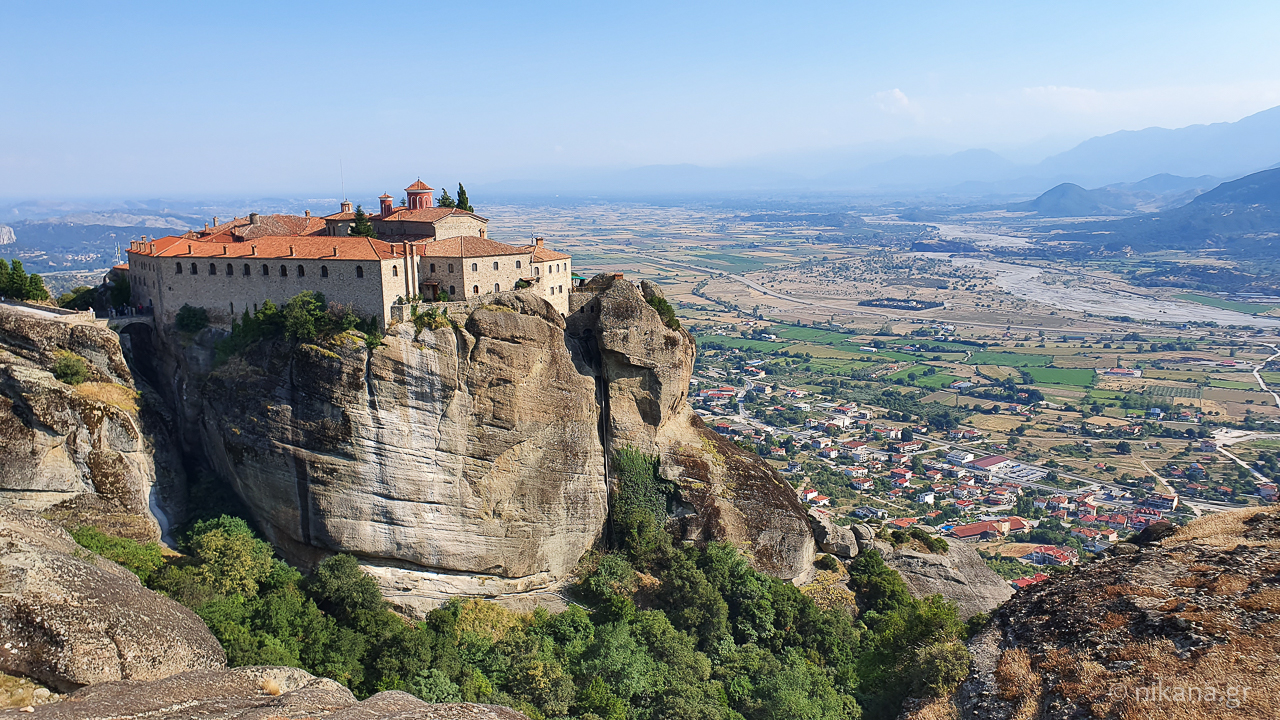

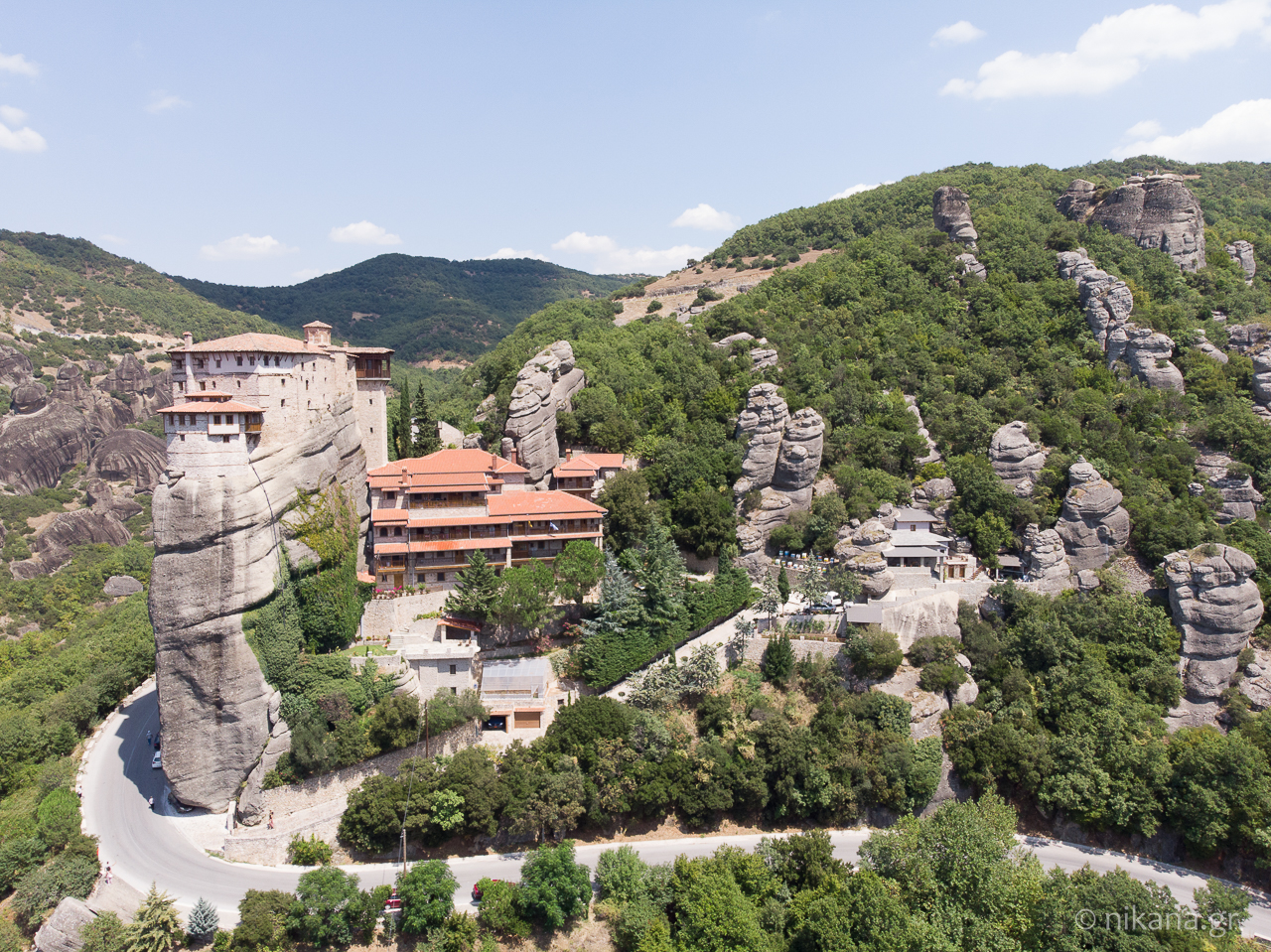
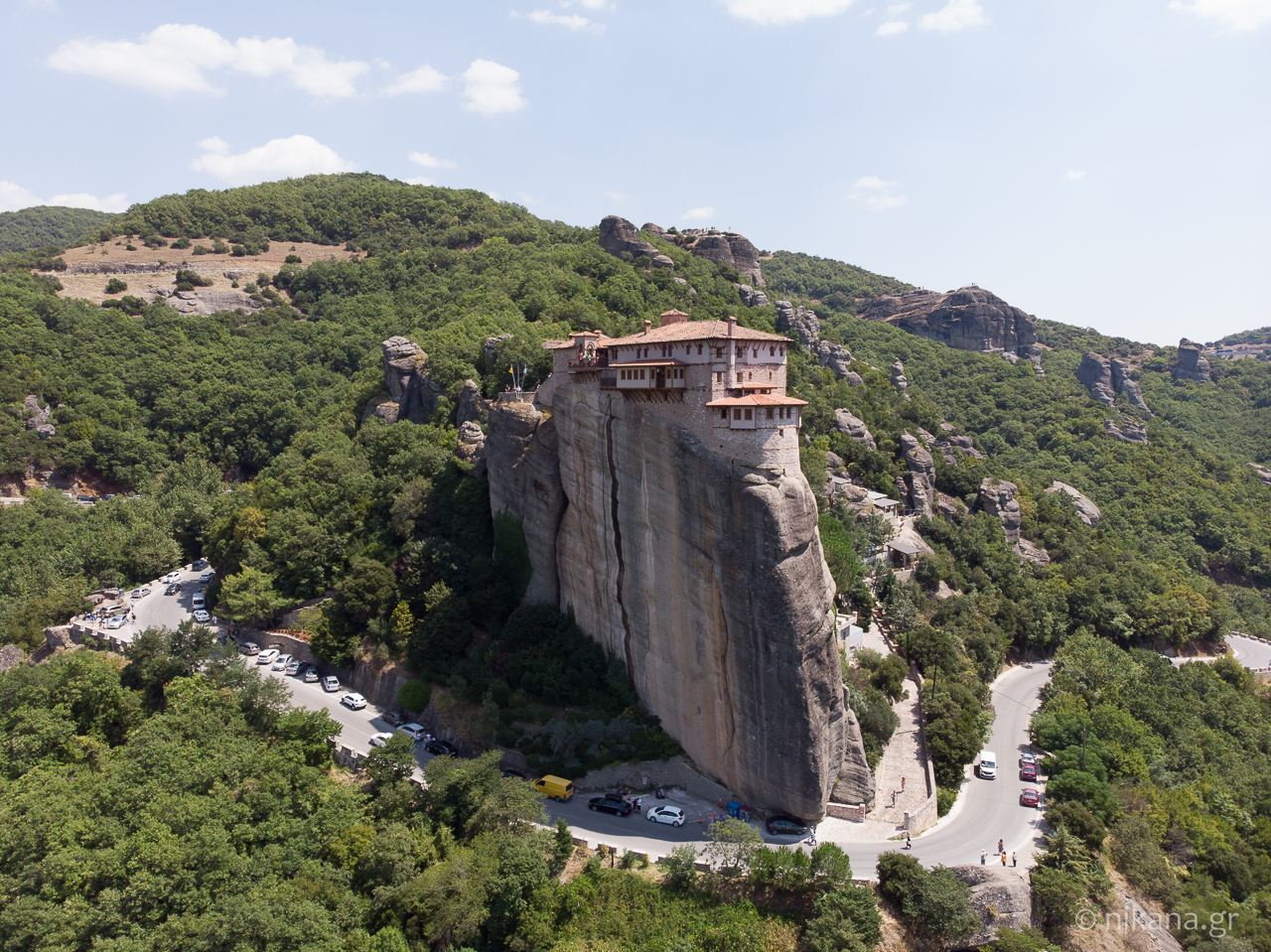
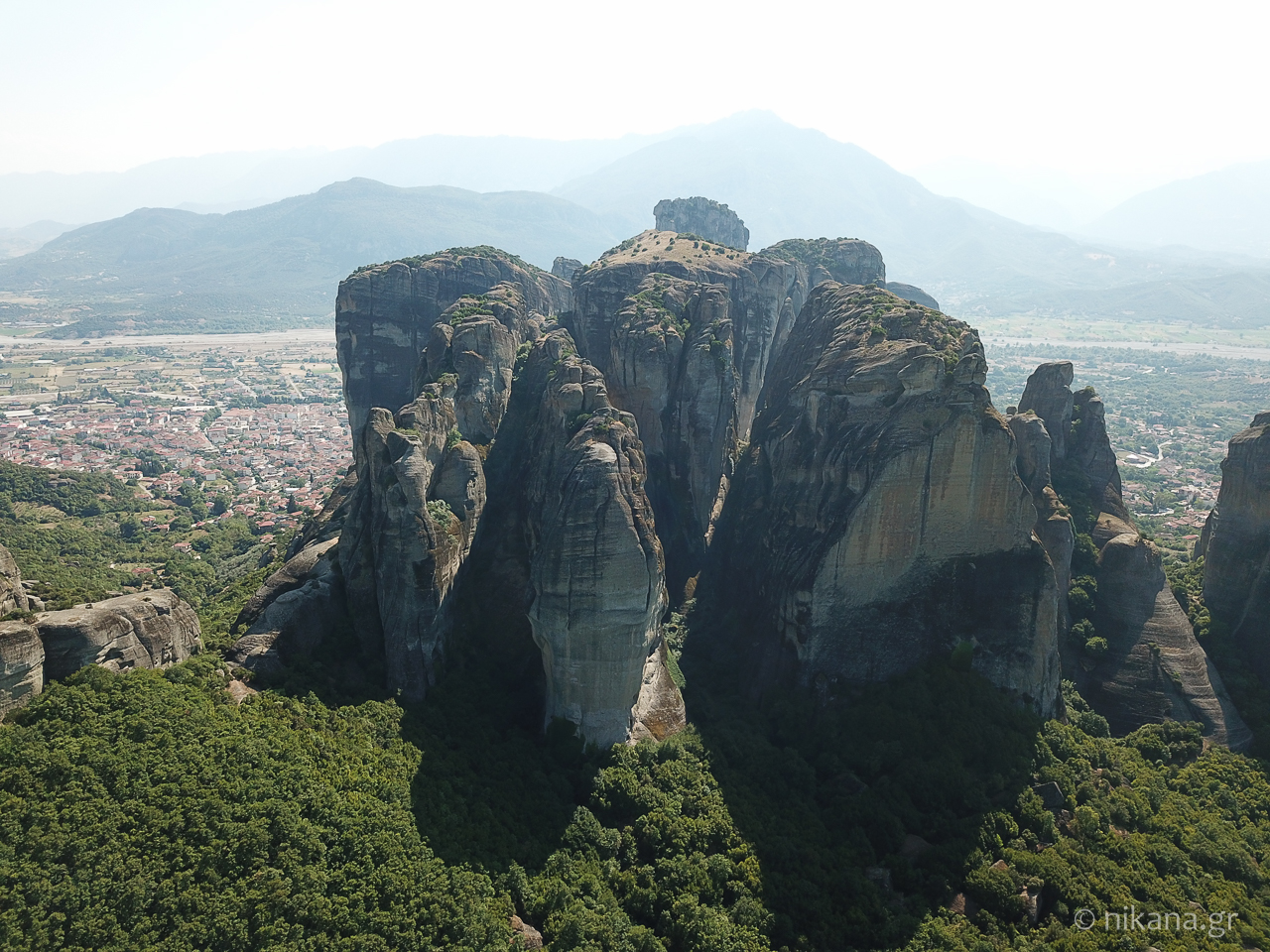


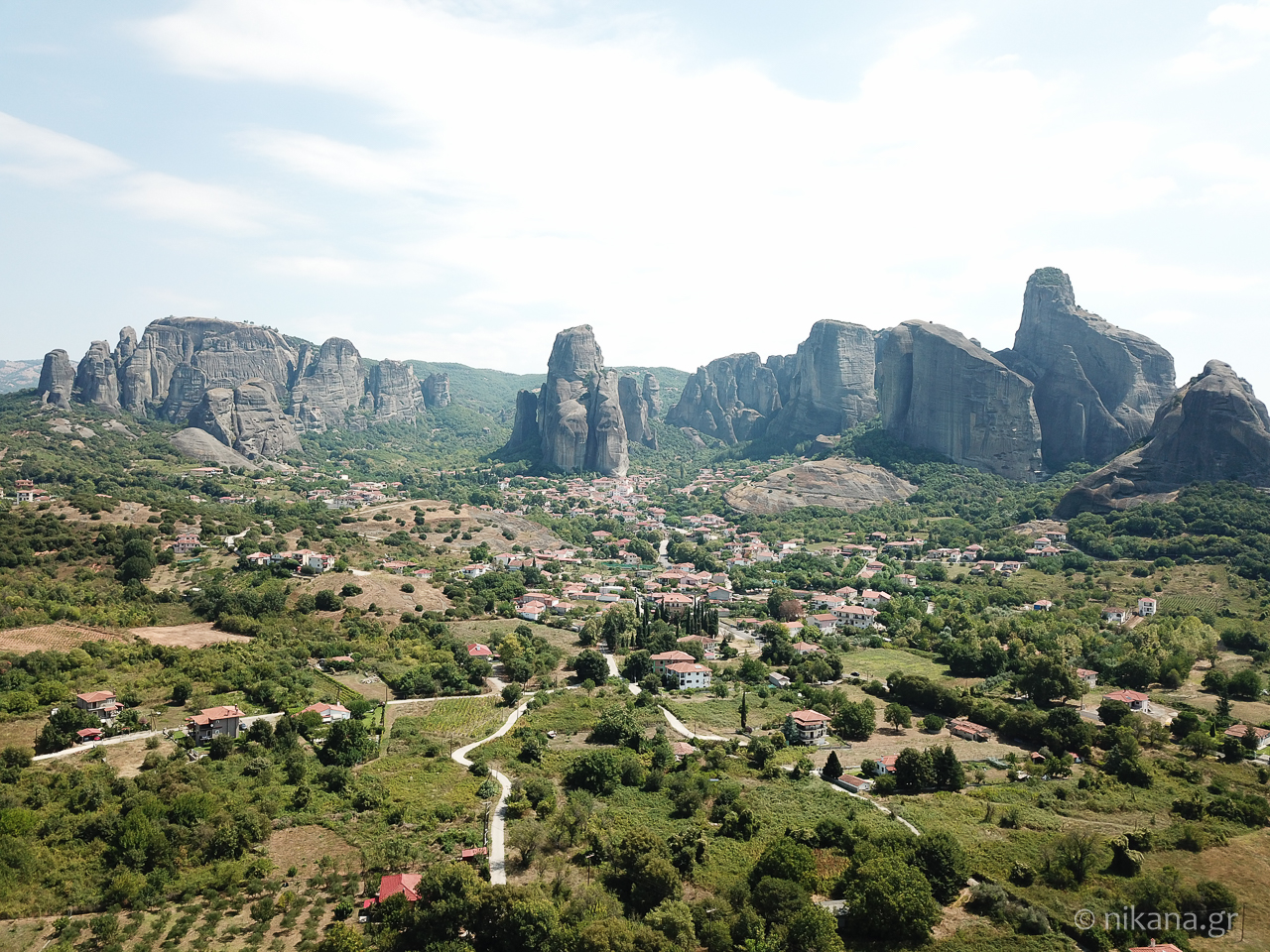
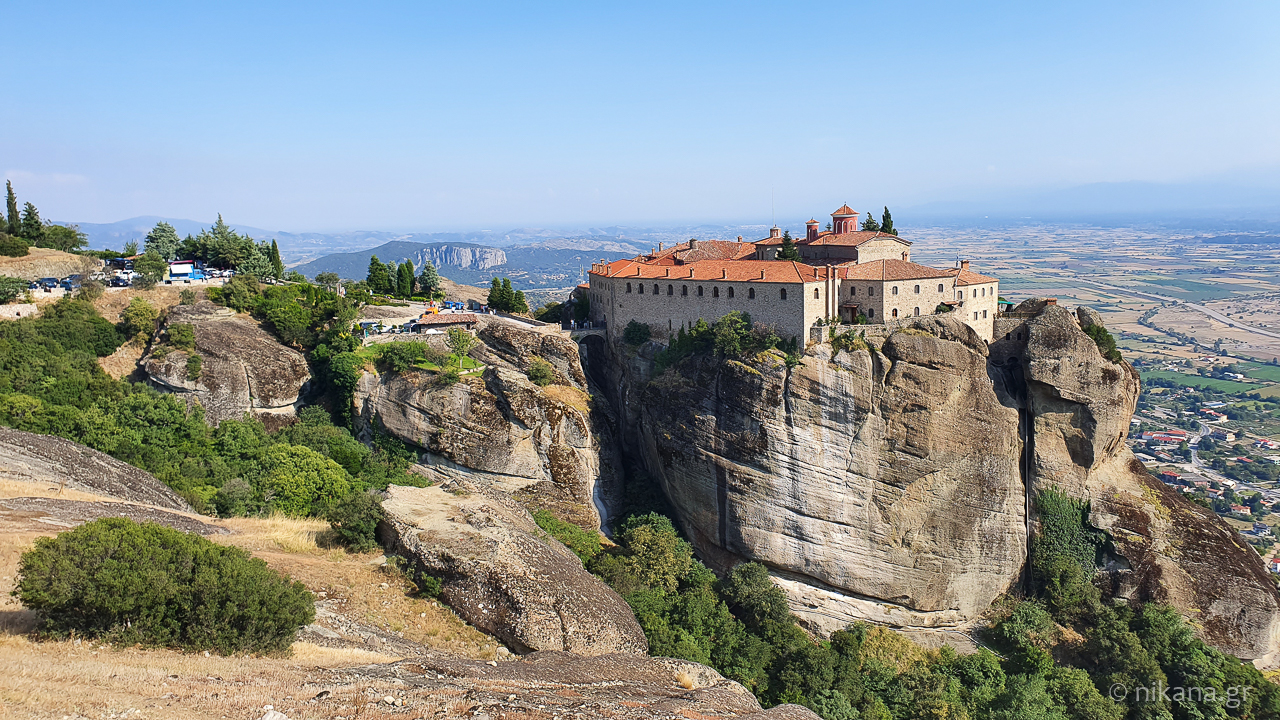
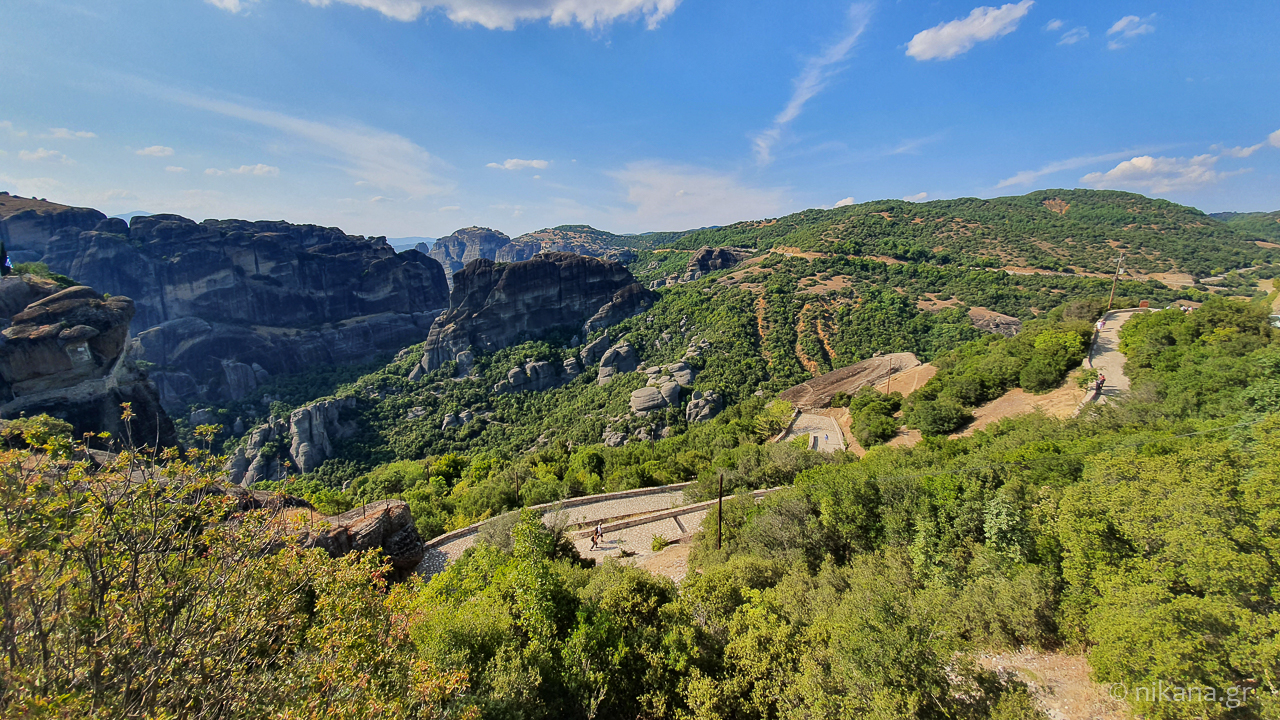

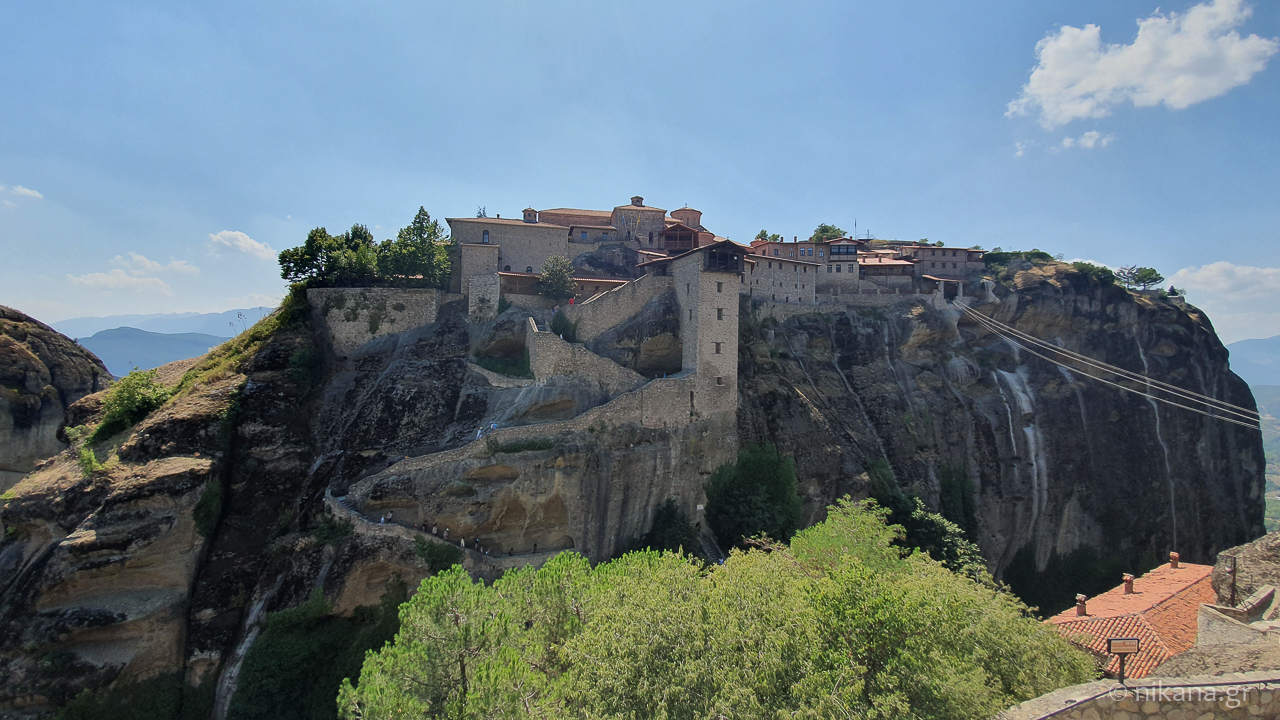
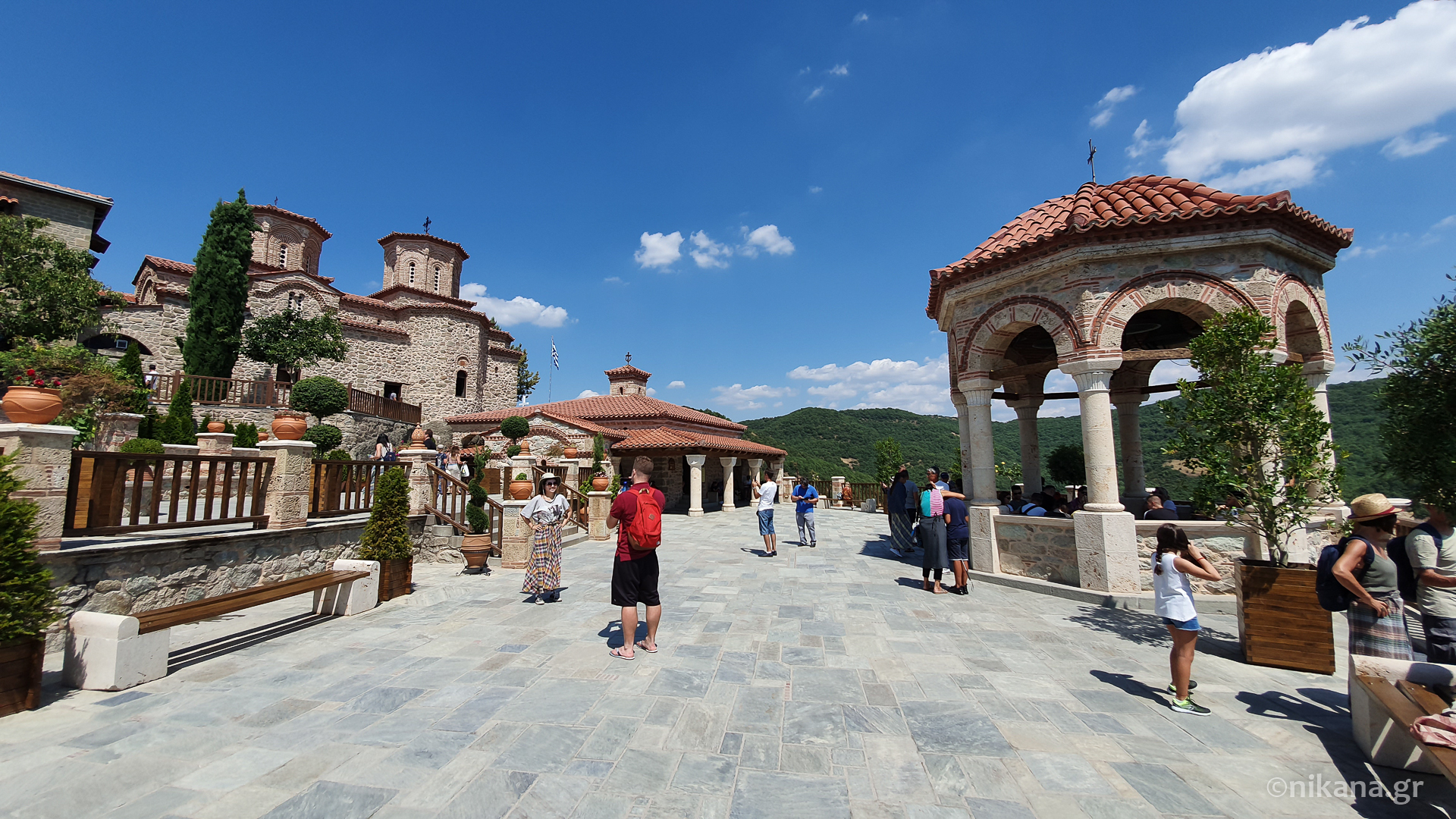

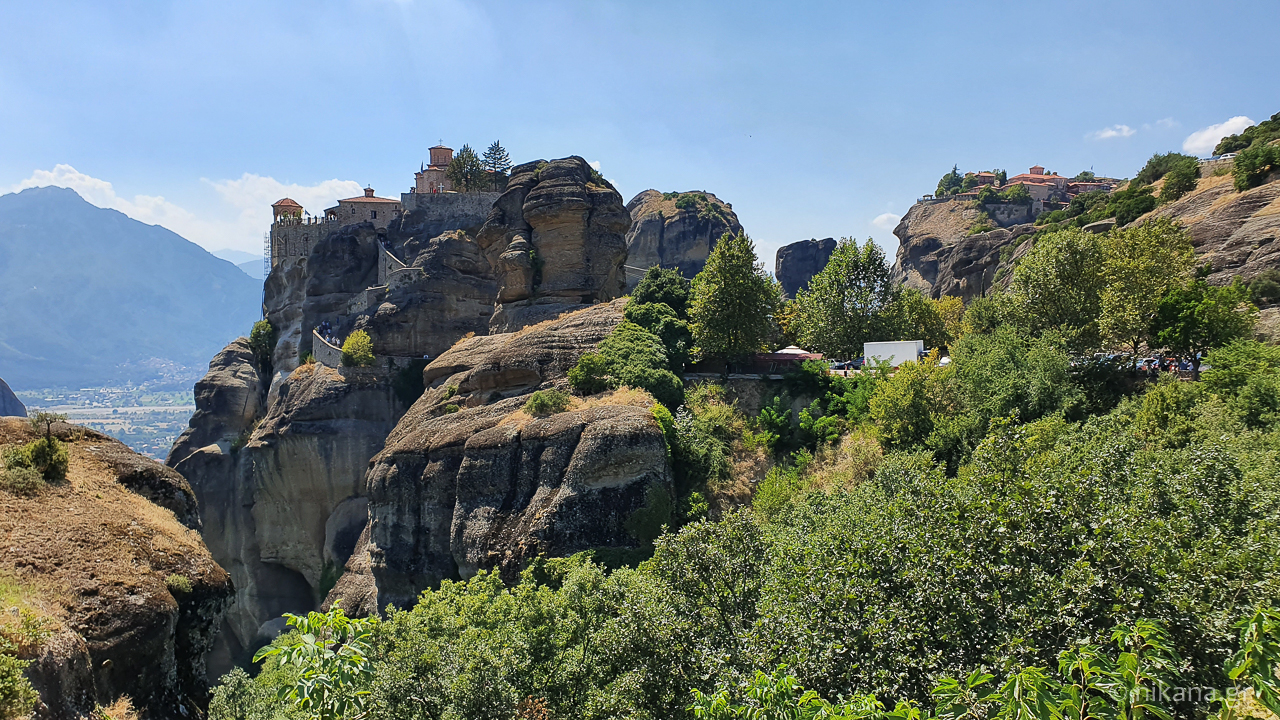
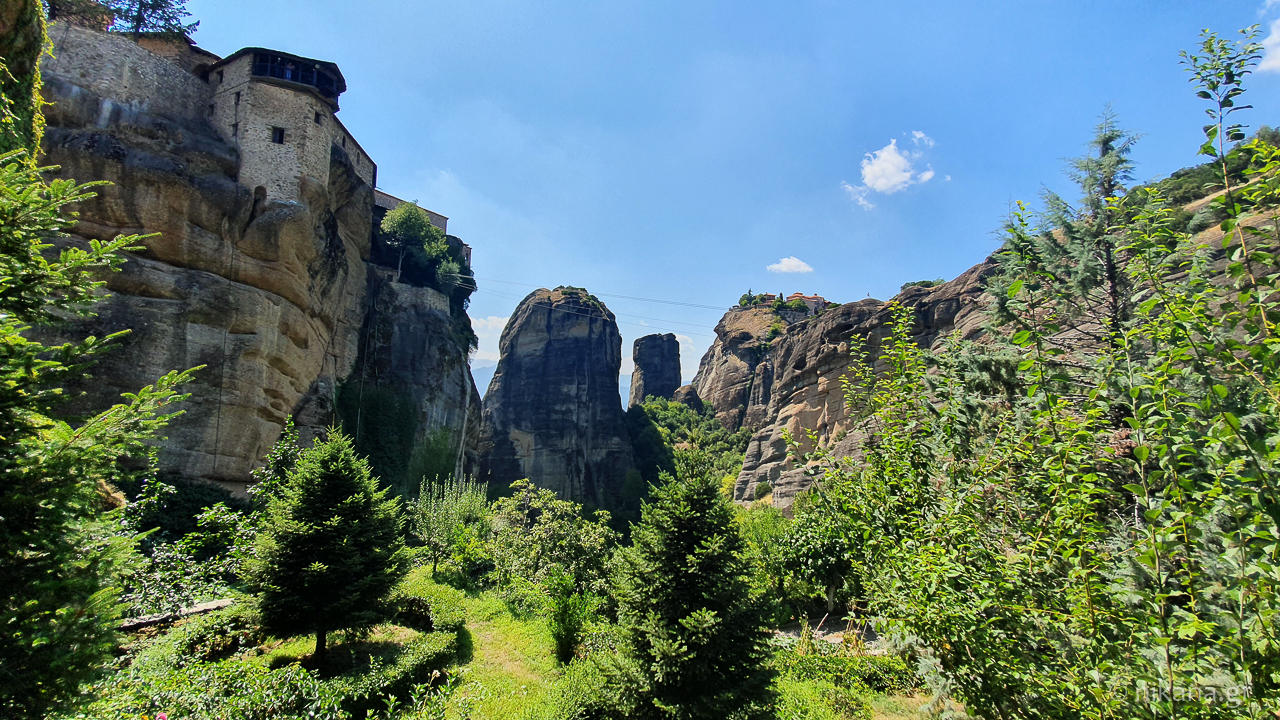
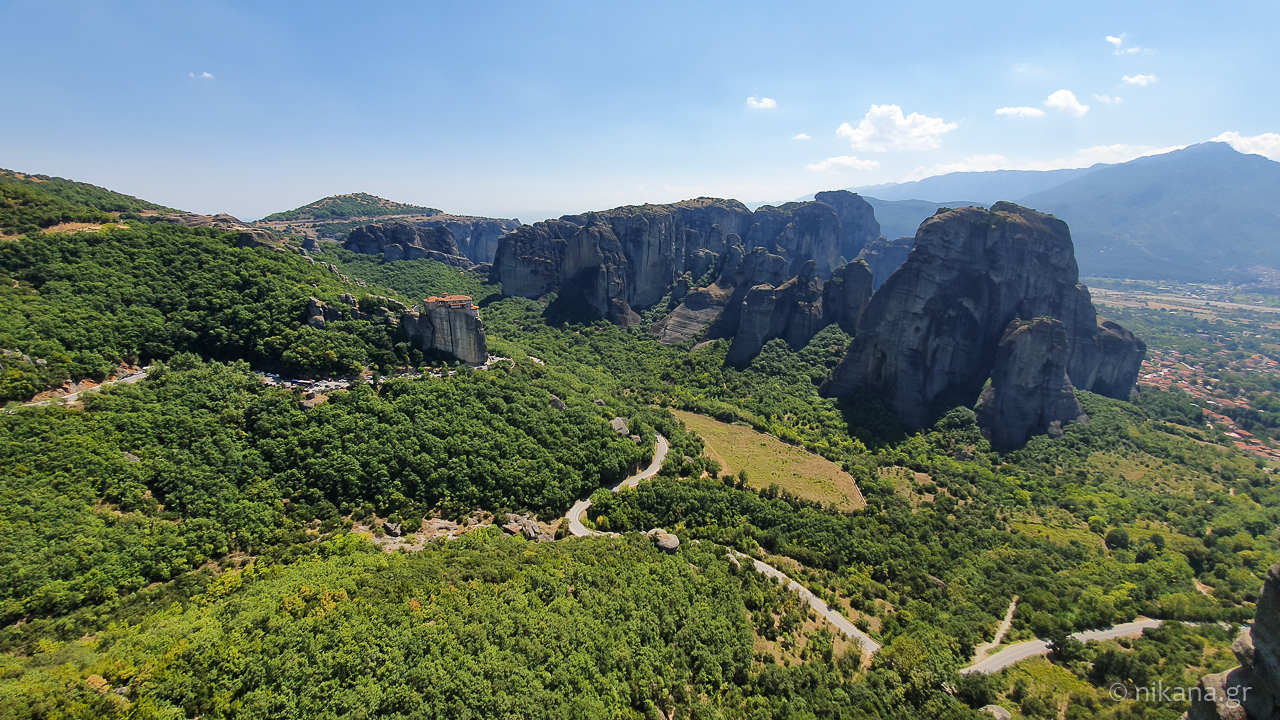
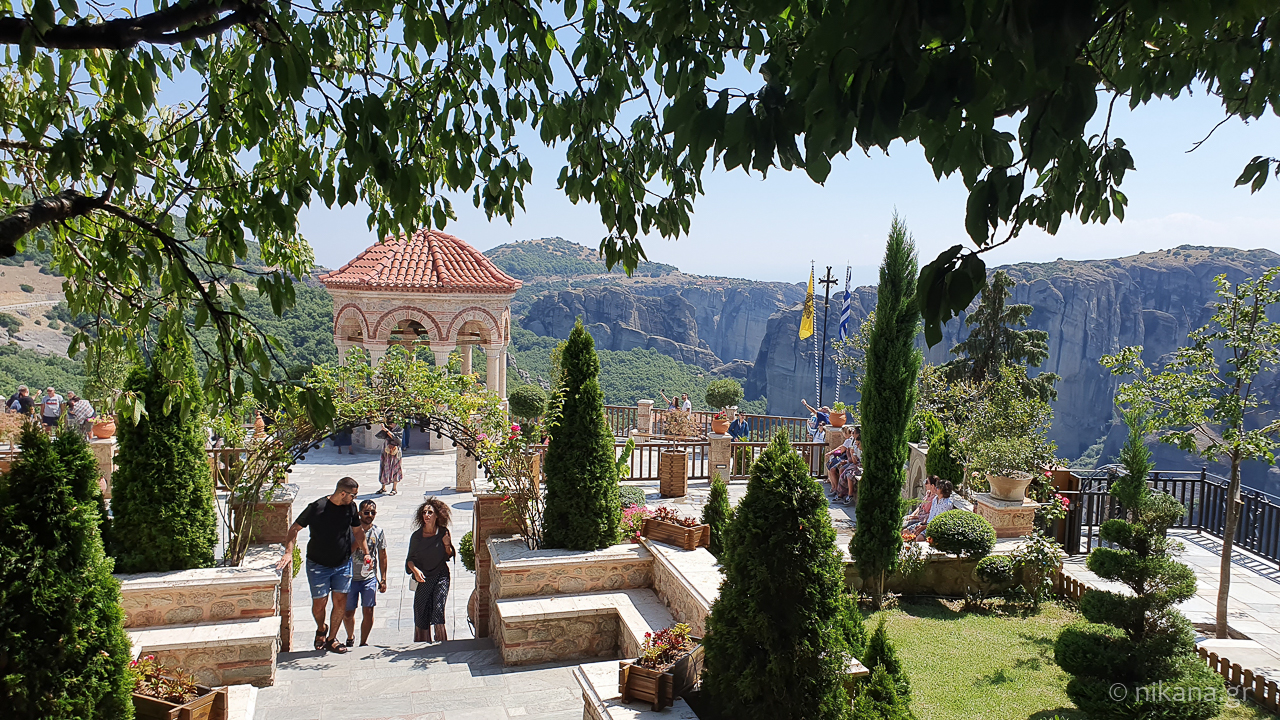
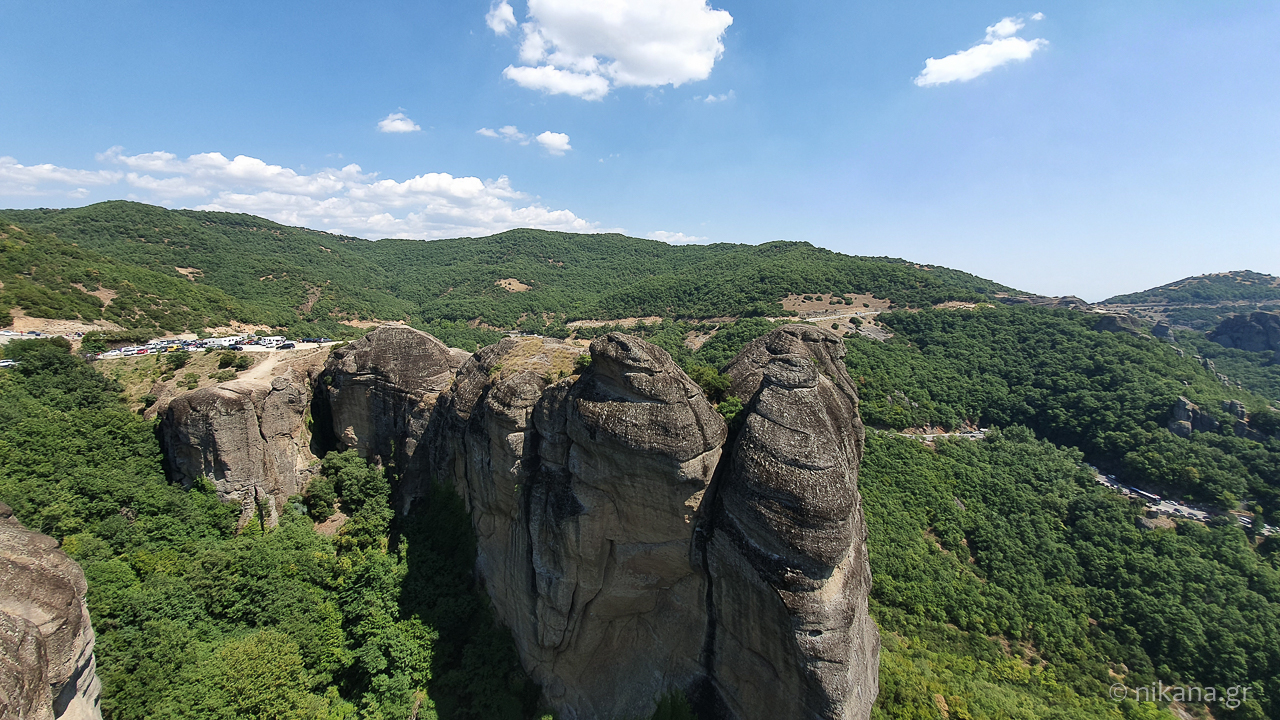
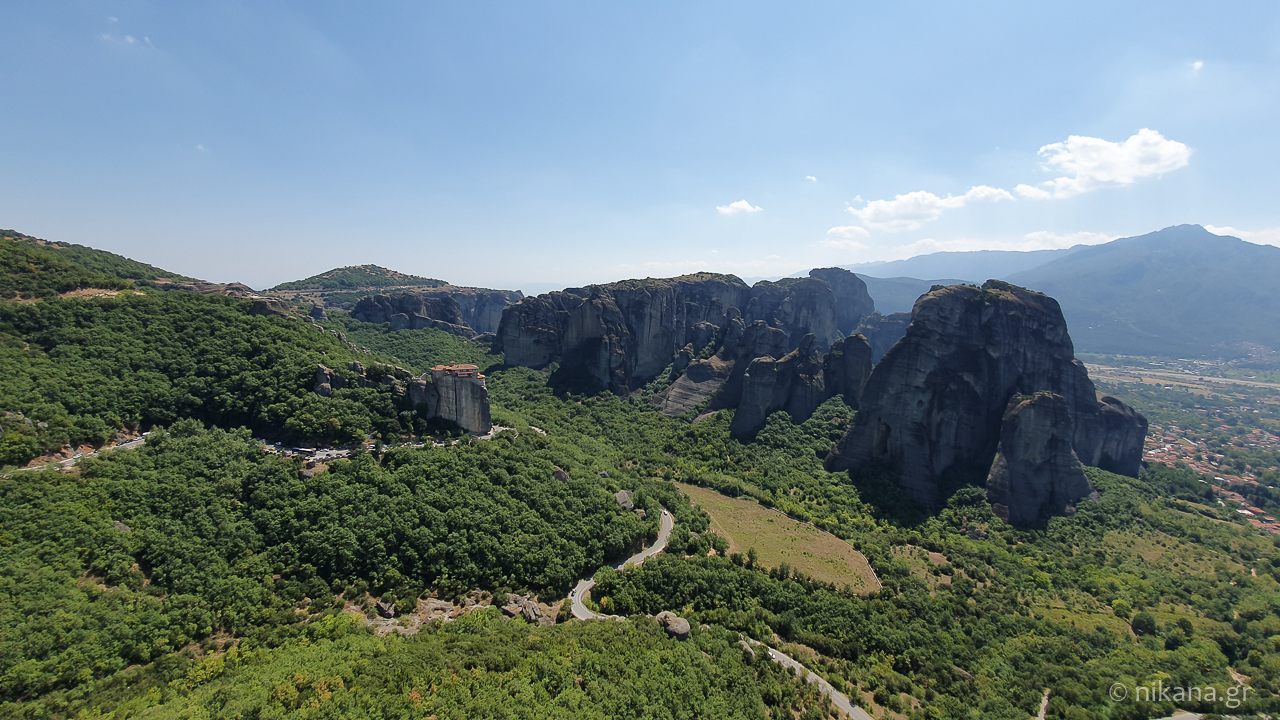
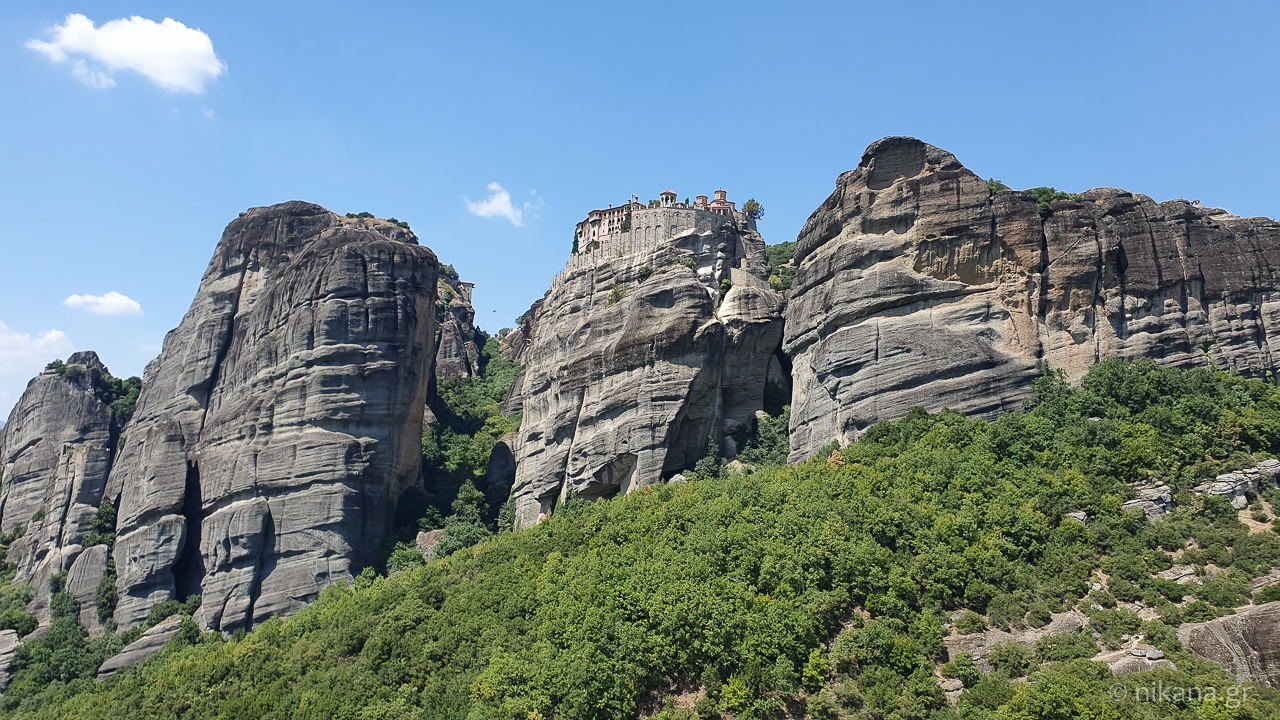
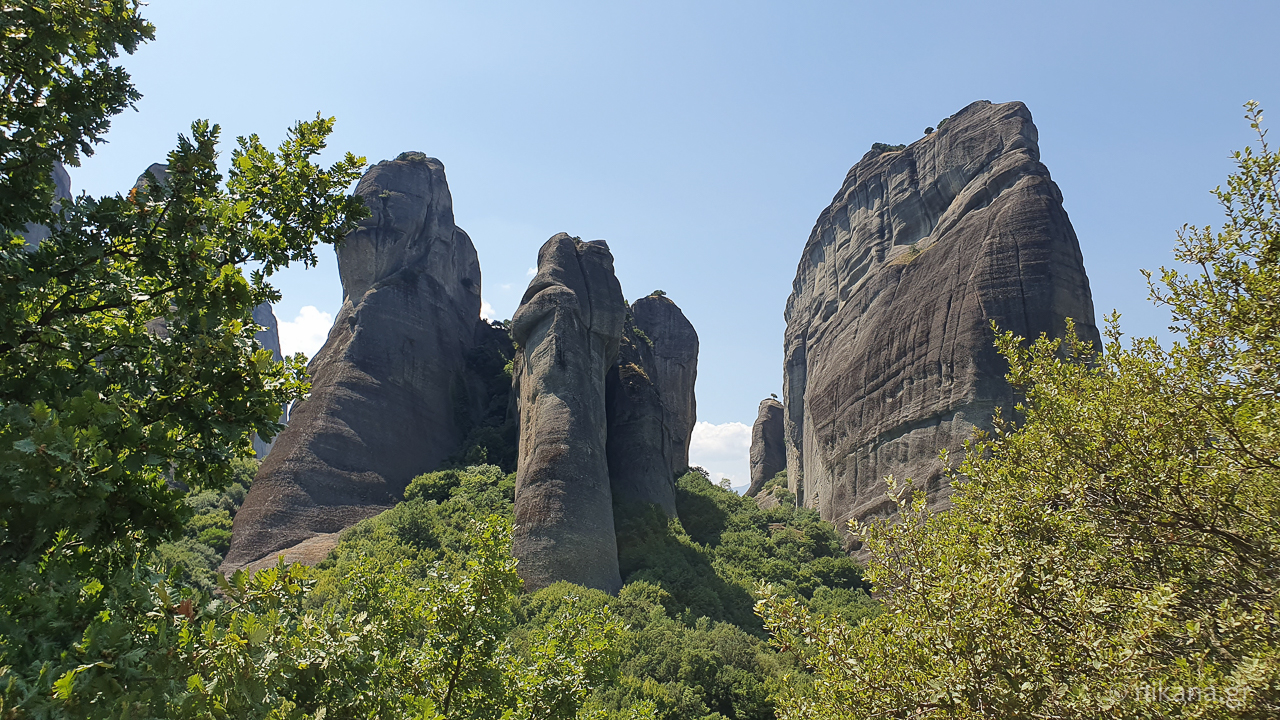
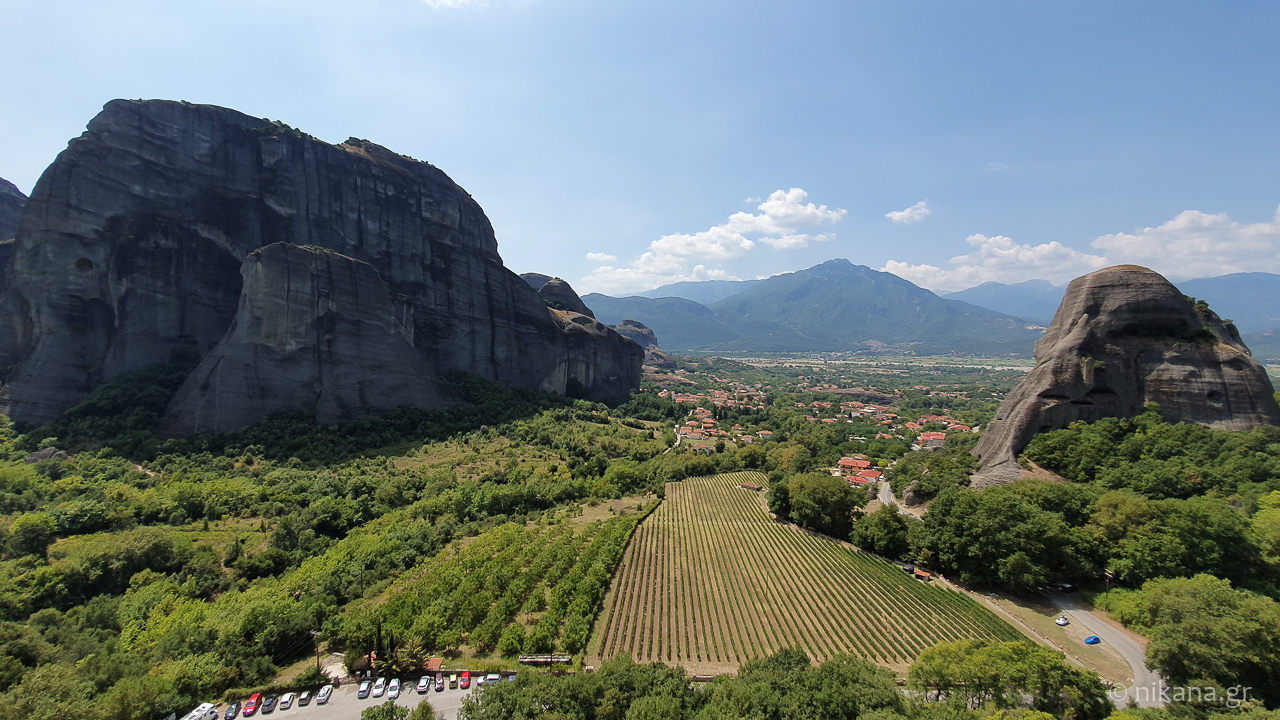



























Sasa Jankovic27.05.2022 17:29:24
Poštovana, obzirom da smo sa vama letovali u više navrata, želeo bih da Vas zamolim da nam predložite neki miran apartmansi smeštaj naplaži(na primer Skijatos) sopstveni prevoz, sa idejom da provedemo jedan dan i noć u obilasku Meteora. Dakle apartman na plaži ili blizu sa lepim pogledom dvoje odraslih + dete14g 10 prenoćišta termin na primer posle 20.06. Interesuje nas i informacija i rezervacija prevoza trajektom (ako bude Skijatos) POZDRAV